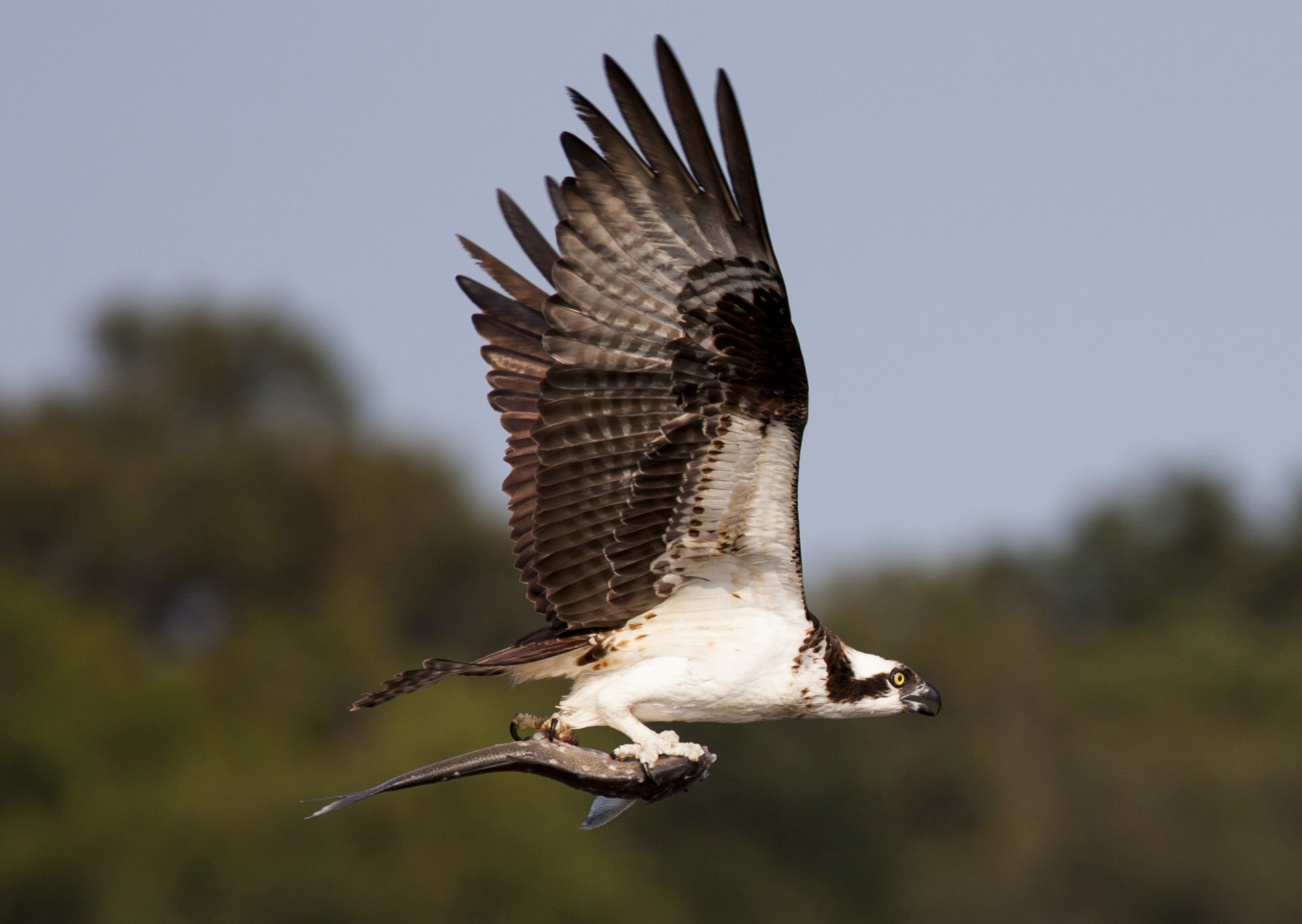The Ghost Fleet of the Potomac

What has sometimes been described "largest shipwreck in the Western Hemisphere" is in the United States, but perhaps not where you think. It is not off the coast of the Carolinas, or Florida, though. It instead sits roughly 30 miles south of Washington D.C.
It is the "Ghost Fleet of the Potomac" at Mallows Bay.
By the year 1917, Europe was still fully engaged in the First World War. At the time, the Germans were sinking over 200 ships a month - or one out of every four leaving England. U.S. President Woodrow Wilson, having just declared war on Germany, decided one of his first acts would be to embark on a massively ambitious shipbuilding program - 1000 steamships in just 18 months.
This was no limited effort: nearly 200 companies in over 20 states took part in the efforts, competing against each other to see who could build the most in the shortest period of time. One ship, the 290ft/88m "Aberdeen", was built and put to sea just 17.5 days after construction began.
This effort culminated on July 4th, 1918, when over the course of that one day, 95 ships were launched from their various shipyards. History would have a sick sense of humor, however. Just a few months later, the war was over. The Allies had won. The U.S. was now in possession of nearly 300 ships that were already obsolete or ill-suited for peacetime cargo needs.
While some were sold to foreign buyers - one was even blown up in a Hollywood movie - there were still over 100 left. A law firm opted to buy the remaining fleet, at a heavily discounted price, and sail them up the Potomac where they would then be stripped of valuable metals, engines, and the like. What remained was the wooden hulls.
In a somewhat strange decision, the company opted to simply lash hulls together with cables and conduct a mass burning. The resulting fire was visible for miles all around. This destruction/salvaging process continued well into the Great Depression and World War 2, where civilians and industrial salvagers alike would seek out remaining scrap metal to sell or repurpose.
Today, these ghosts of World War 1 remain visible, if not outright haunting. The remains of the ships, sometimes called "floating forests", are full of all manners of fauna and flora, all living and growing in and around these man-made reefs. The National Oceanic and Atmospheric Administration, or NOAA, has designated the area as Maryland's first national maritime sanctuary.
History buffs and outdoor enthusiasts alike can explore the waters via kayak or boat while camping out in one of the nearby camp sites. Fans of fishing and bird-watching will have their hands full - the area is a "paradise" to those looking to spot osprey, waterfowl, bald eagles, heron, and an array of marine species.
Though somewhat of a sad sight, perhaps, due to their late arrival to aid the war effort - along with the potential perception of waste - the site is a reminder of the power that can come with a focused national effort towards a unified goal.
____________________________________________________________________________________
Absolute full credit for the entire thread to Jacob & Tyrone, who penned this article and took these amazing photos: https://projects.wamu.org/the-ghost-fleet/
Additional photos & details: marinesanctuary.org/blog/8-sights-
arlingtonmagazine.com/mallows-bay-gh
Finally, enjoy this overhead shot of Mallows Bay: youtube.com/watch?v=_Tqd4l









